INTRODUCTION
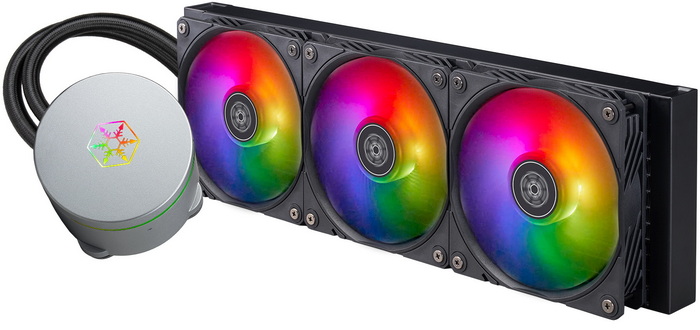
Both from recent and past reviews it's become somewhat clear that AIO liquid CPU coolers have hit a bottleneck in terms of cooling efficiency and to be honest, this was something many in the industry expected to happen at some point. Still if there's one thing the PC industry is well known of that's innovation and so cooling efficiency is no longer the sole thing people are looking for when out to get a new AIO, looks also matter and well this is where A/RGB lighting and even LCD screens come in. Of course, over the years many manufacturers have taken things a step further in regards to cooling efficiency by adding small fans at the bases of their AIO models in an effort to also cool surrounding motherboard components like the VRMs (for the most part without great results). Fast forward to today and SilverStone has actually one of the most interesting AIO liquid cooling lines in the market called the IceMyst and for the past 2 weeks or so I've been testing the tri-fan 360mm model.
Founded in 2003, SilverStone is an established leader in its field, with an elite team of engineers; we started our quest of providing products that create inspirations. We have since expanded the lines of products as well as types of products we produce, giving our customers a wide selection of choices. With distribution centers in different areas of the globe, SilverStone products can be seen all over the world, not just for computer users but also for home entertainment use. Providing leisure with integration of advanced technologies that is functional and making them enjoyable to use.
Just like most AIO liquid CPU coolers in the market the IceMyst line by SilverStone also consists by an aluminum radiator (396x120x28mm for the 360 model), tubes (460mm long for this variant), ceramic pump (3100RPM / 3-phase, 6-pole motor) and copper waterblock combo (RGB LEDs beneath and around the rotatable top cover) and three 120mm PWM ARGB fans (2200RPM / 75.74CFM / 3.4mmH2O / 33.1dBA / 10 ARGB effects) featuring detachable (modular) cables. What makes the IceMyst line quite unique however is the ability end users have to stack on top of the pump up to six (perhaps even 7) IMF70-ARGB 70mm hydraulic bearing fans (2800RPM / 17.2CFM / 2.00mmH2O / 28.2dBA) in order to cool components surrounding the CPU socket (most notably VRMs, RAM and even your GPU - depends on your motherboard size and layout). As expected, the ARGB lights of the fans, pump and even the IMF70-ARGB fans are compatible with all 3-pin ARGB technologies such as ASUS Aura Sync, ASRock Polychrome Sync, Biostar RGB Sync, Gigabyte RGB Fusion and MSI Mystic Light. So, time to see what the IceMyst 360 is really capable of, not just in terms of CPU cooling but also surrounding motherboard components and hardware.
SPECIFICATIONS AND FEATURES
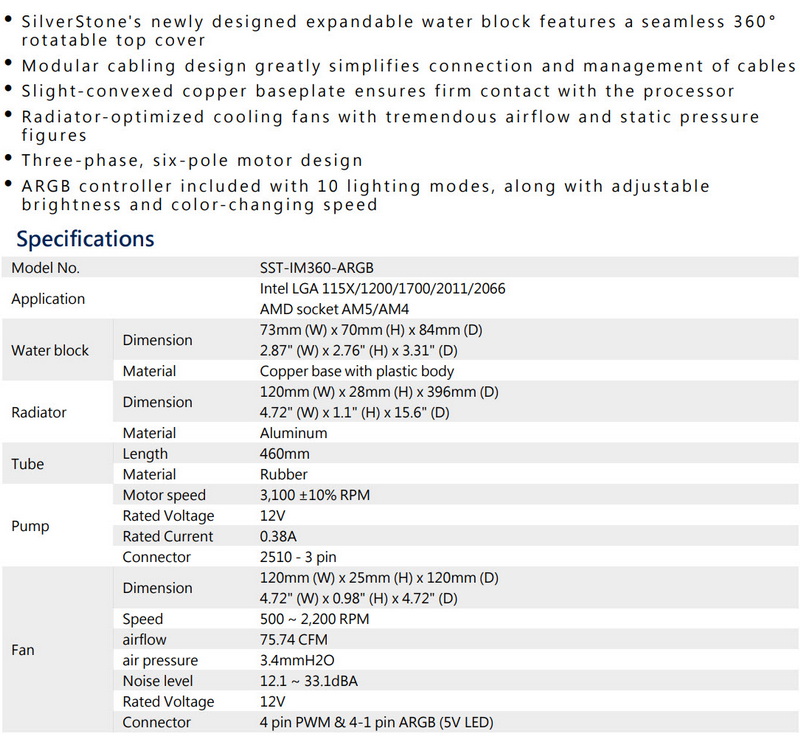
PACKAGING AND CONTENTS
As expected at the front of the box we find a large product picture along with the company logo and the compatible RGB sync technologies.
The product features are printed at the base of the box in 11 languages.
A total of 4 product pictures and two drawings are used at the rear to point to the features and specifications of the IceMyst.
The entire bundle is placed inside plastic bags and in a formed piece of cardboard.
Aside the IceMyst 360 and its three 120 ARGB fans with their modular cables inside the box SilverStone has also placed an ARGB controller, ARGB extension cable, ARGB to motherboard header cable, Molex to 3-pin fan adapter, thermal paste tube, fan and radiator mounting screws, 2 backplates, installation instructions for both the AIO and the ARGB controller, support paper and all the required bits and pieces to mount the cooler onto Intel LGA1150/1151/1155/1156/1200/1700/2011/2066 and AMD AM4/AM5 compatible mainboards.
THE ICEMYST 360
At first glance the IceMyst 360 doesn't really stand out compared to countless other models.
The radiator according to SilverStone is 28mm thick but as you can all see it's closer to 27mm (meaning the same as most AIOs in the market today).
FPI (fins per inch) count for this particular radiator is 19 (going to 20 but not quite).
A fill/drain port is placed next to the base of the tubes but as with other AIOs it's not something you should access.
The 460mm long tubes are braided and should be plenty for even the largest PC cases around.
SilverStone has placed their logo on top of the pump beneath which are the ARGB LEDs.
The top is not only rotatable (360 degrees) but it can also be removed to mount the IMF70-ARGB fans (one over the other).
Typically, the tubes have a 90 degree movement from the waterblock/pump combo.
This AIO uses a medium-sized cold plate which should be plenty for consumer CPUs both by Intel and AMD.
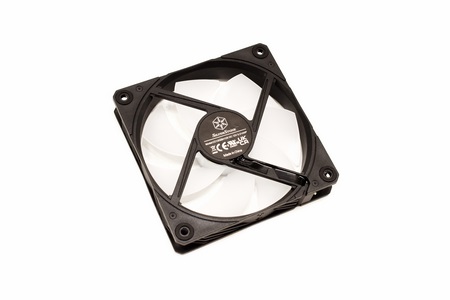
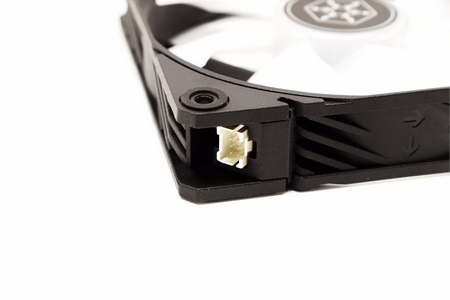 All three 120mm PWM ARGB fans used with the IceMyst 360 feature modular cable connectors and round rubber pads on every corner.
All three 120mm PWM ARGB fans used with the IceMyst 360 feature modular cable connectors and round rubber pads on every corner.
With the fans mounted radiator thickness jumps to around 52mm.
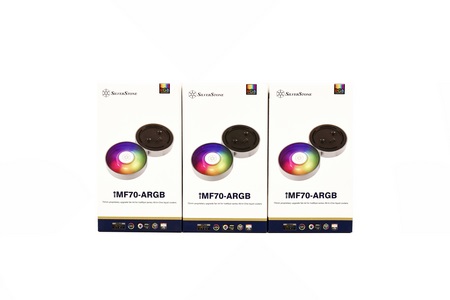
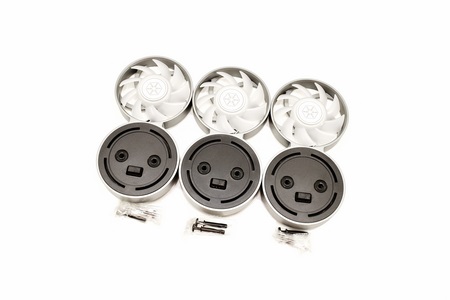 SilverStone send a total of 3 IMF70-ARGB fans with the IceMyst 360, so I'll be using them in this review.
SilverStone send a total of 3 IMF70-ARGB fans with the IceMyst 360, so I'll be using them in this review.
INSTALLATION
Once again installation starts by mounting the radiator onto the case (since this is an open air test bench it doesn’t really matter where the fans are facing).
The IceMyst AIO series is among a very few that require the stock CPU brackets to be present, so I had to mount them again.
I used the three IMF70-ARGB for the VRMs and the RAM and as you can see, they look great (short clip is as always available both in TikTok and YouTube).
TEST BED
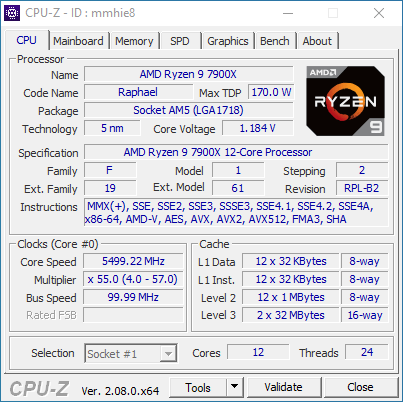

TESTING METHODOLOGY
Testing complete water cooling kits or individual radiators is no different than testing CPU Coolers and since we want all of you to be able to compare similar products, we created new and separate charts (you can still cross-compare results however since we are using the same test rig). So once again single (120/140mm) watercooling solutions are tested with the radiator mounted at the rear of our test rig while dual/triple/quad (240/260/280/360/420/480/560mm) solutions with the radiator mounted at the top. For the dBA tests complete water cooling kits or radiators with bundled fans are measured both while on idle mode or with the fan controller in the minimum setting and while on extreme load or with the fan controller all the way to the highest possible setting (PWM fans do that on their own without our intervention). Every single test takes place in a temperature controlled room of 23 degrees Celsius Ambient Temp with the help of two AC units placed diagonally inside the room. Finally, much like when testing CPU Coolers, it's very important to point out that just because a water cooling kit outperforms another when tested with our test rig (when we test complete water cooling kits) that does not necessarily mean that the same performance differences will apply 100% for other CPU models and in other situations (such as different ambient temps and system configurations).
To successfully record the load temperatures, we use the latest OCCT application for around 6-10 minutes to push the processor to its limits and after that is done and the temperatures are recorded, we wait for about 10-20 minutes for the CPU to cool down and record the idle temperatures. This is done to allow time for the thermal conductive material to achieve the optimal performance level. Same procedure is then repeated with the Passmark BurnIn Test as a failsafe just in case the OCCT results are wrong. This procedure takes a lot more time than the usual peltier/thermometer tests but this way not only can we deliver real world results to our readers based on real CPUs, but we can also triple check the results using a variety of programs. Last but not least the temperatures were recorded using both the latest versions of AIDA64 and RealTemp while the noise level tests (when fans exist in the bundle) are performed using a high precision ExTech HD600 Decibel Meter placed about 10-15cm above the radiator. Still although the same testing procedure applies to all units do take into consideration that unlike the official numbers which are measured in special noise isolated labs with just the fans here, we also have both the rest of the cooler and the rest of the system (although all system fans are turned off when recording noise levels).
* Since some manufacturers have ceased support for the Intel LGA 2011-3 platform, for such coolers, I’ll be using the Ryzen 7900X / ASRock X670E test rig.
** After high demand since September 2024 I’ll be including average temperatures in my 7900Χ/Χ670Ε charts (under light load such as Internet browsing and Office use).
TEST RESULTS
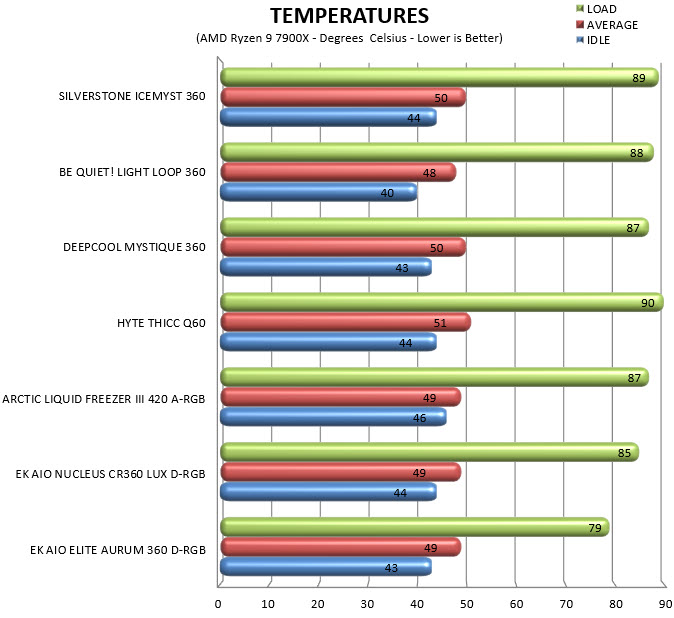
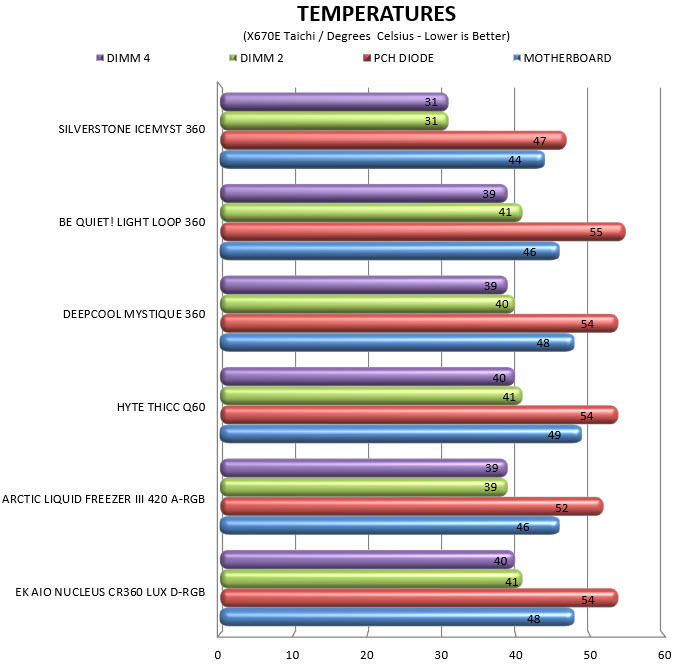

CONCLUSION
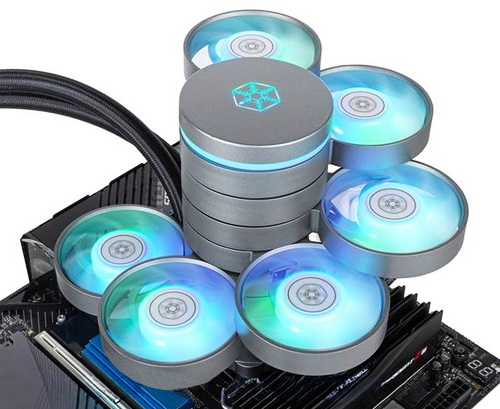
The component chart (which I will be posting each time an AIO has such a cooling feature - will be recording temperatures from all AIO that arrive in the lab however in order to showcase differences) clearly shows that the three IMF70-ARGB fans mounted on the IceMyst 360 do a very good job cooling everything around it, from the VRMs to the RAM. On top of that they look great (not as good as an LCD screen perhaps, but great nonetheless) and so it’s really strange to me the how the entire IceMyst line of AIO liquid coolers flew under the radar and thus never got the recognition it deserves. Yes, in terms of CPU cooling the IceMyst 360 may not offer the best efficiency out there (still comes very close to the best) and the IMF70-ARGB fans are sure to increase total cost but since you can use it to cool everything around the CPU socket, I’m sure many people will appreciate that. Noise levels are slightly elevated under load (not due to the IMF70-ARGB fans however) but nowhere close to the numbers of some other AIOs.
With a price tag currently set at USD136.99 inside the USA (Amazon.com) and for 135.36Euros inside the EU (Amazon.de) the IceMyst 360 is priced well. Needless to say, for three IMF7-ARGB fans as I used in this review, you’ll be required to spend USD48/44Euros extra and even though that ups the cost to just over USD180/180Euros I believe it’s totally worth it. Overall, the IceMyst 360 delivers on everything it should in regards to cooling efficiency (and then some by using the IMF70-ARGB fans) and since it’s not only innovative but also looks great it certainly deserves the Golden Award.

PROS
- Build Quality
- Very Good Cooling Efficiency
- Stackable IMF70 ARGB Fans (Component Cooling)
- Modular Fans
- Bundled ARGB Controller
- Up to Six 120mm Fans in Push & Pull
- ARGB Lighting (Compatible With All Motherboard Sync Technologies)
CONS
- Total Cost (For Some)

 O-Sense
O-Sense





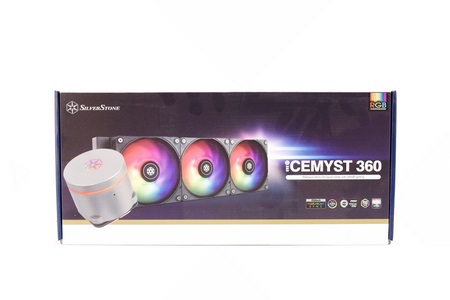
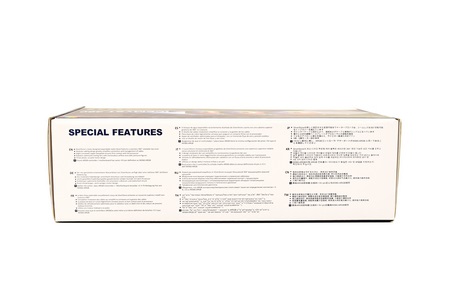

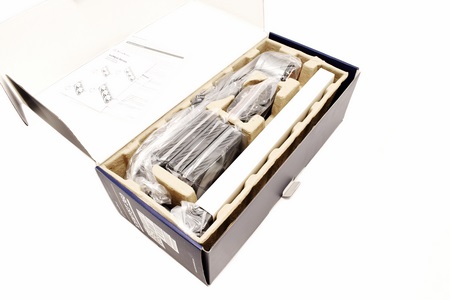
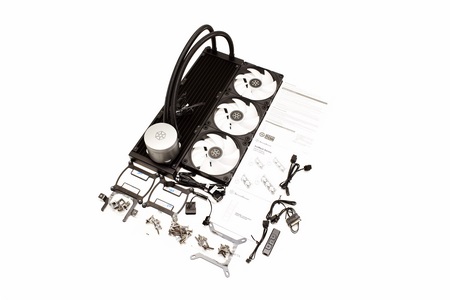
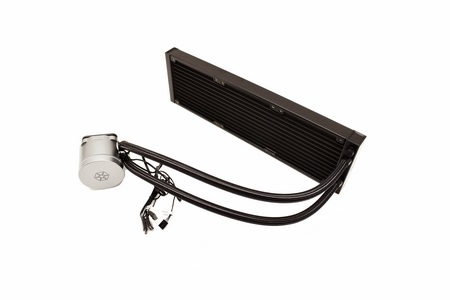
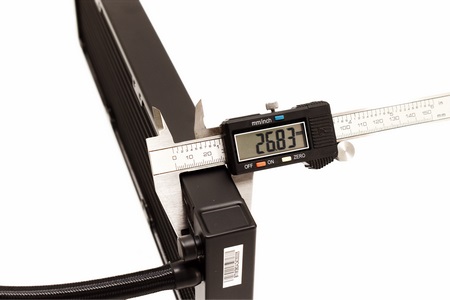

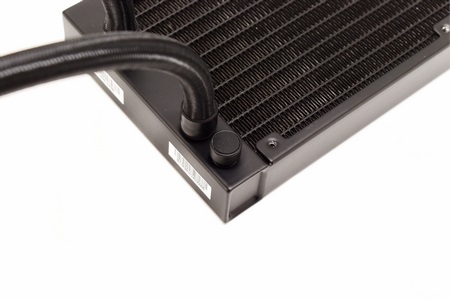

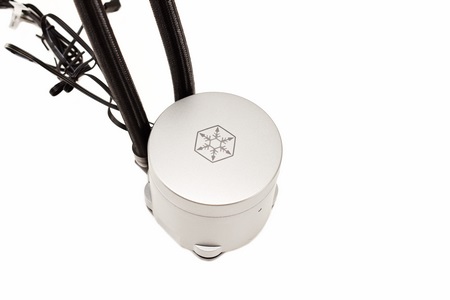
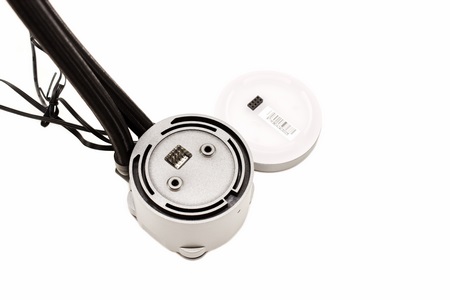

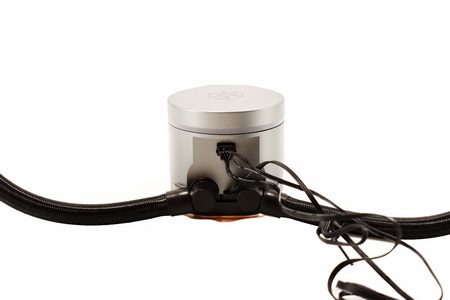
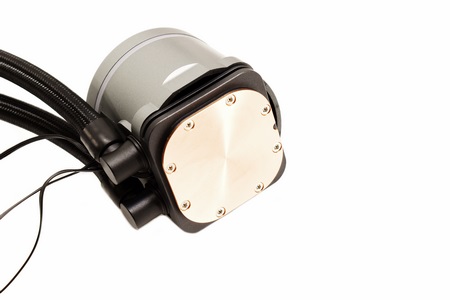

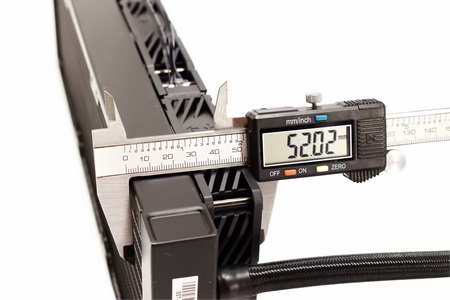
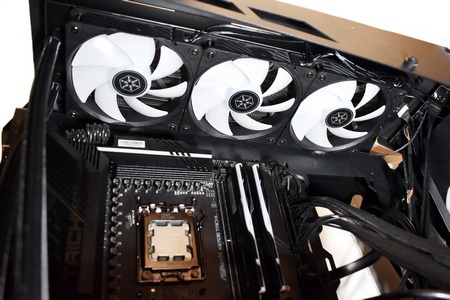
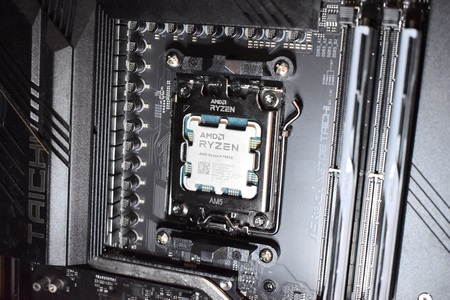
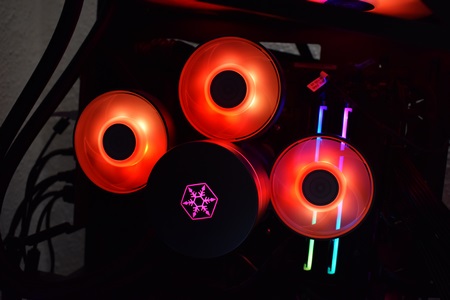
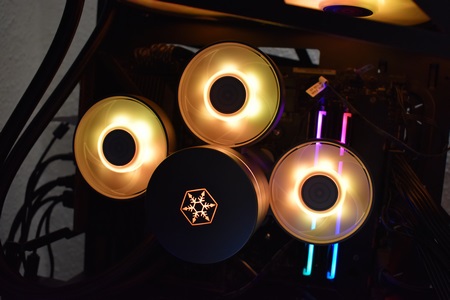


.png)

